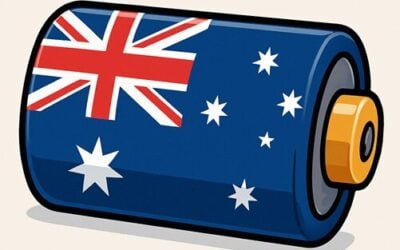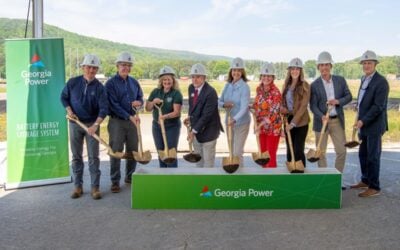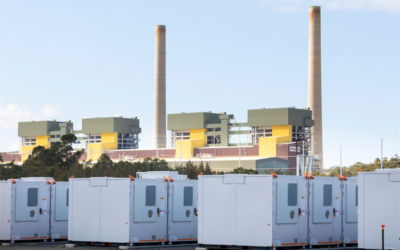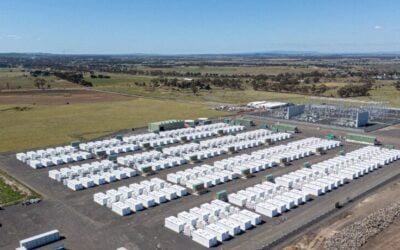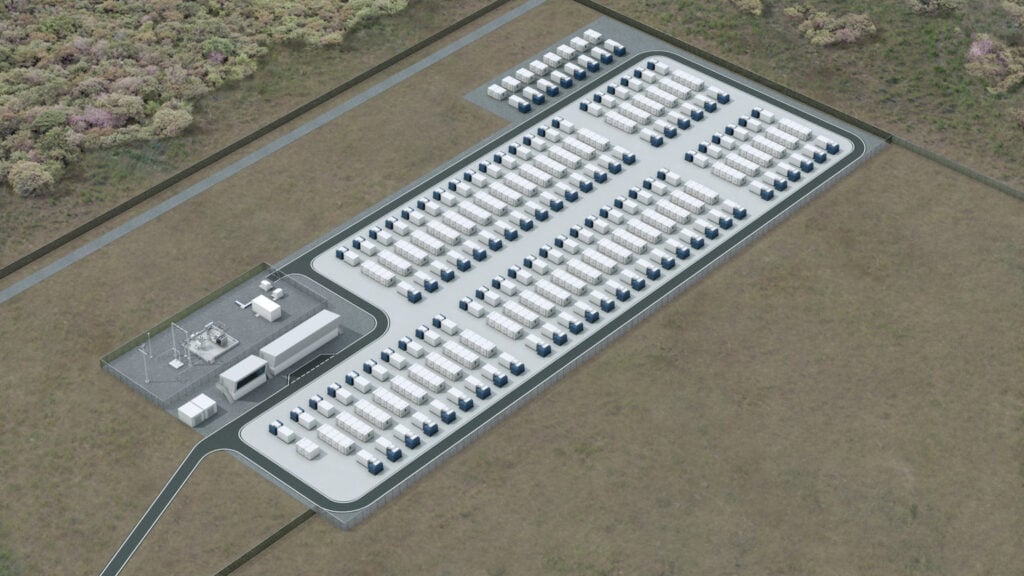
Australia’s biggest utility company looks set to be in ownership of the country’s biggest battery storage facility so far.
Integrated energy generation and retail company AGL has proposed the building of a 500MW/2,000MWh battery energy storage system (BESS) as part of a large-scale renewable energy hub in New South Wales (NSW).
Hunter Energy Hub would be built at the site of Liddell power station, a coal power plant set for retirement by the end of April 2023, with the first units scheduled go offline next month. AGL wants to make it the company’s first example of a ‘rehabilitated’ thermal coal site.
On Saturday (19 March), AGL announced that the grid-scale battery project had been granted approval by the NSW state government Department of Planning and Environment (DPE).
Try Premium for just $1
- Full premium access for the first month at only $1
- Converts to an annual rate after 30 days unless cancelled
- Cancel anytime during the trial period
Premium Benefits
- Expert industry analysis and interviews
- Digital access to PV Tech Power journal
- Exclusive event discounts
Or get the full Premium subscription right away
Or continue reading this article for free
In megawatt-hour terms, it would be more than four times the size of the Victorian Big Battery, the 300MW/450MWh BESS which went online a few months ago and currently holds the crown for Australia’s largest project of its type, although several other large-scale projects in excess of 100MW are on their way.
As well as the BESS, the Hunter Energy Hub will include wind generation, solar, pumped hydro energy storage (PHES), a waste-to-energy plant and a green hydrogen pilot plant, the company’s chief operating officer Markus Brokhof said.
“As Australia moves forward and we increase our reliance on renewable generation, batteries will be critical in providing the storage needed to maintain a consistent, reliable and affordable energy system,” Brokhof said.
“I want to thank NSW DPE for acknowledging the important role that this battery will play in the Liddell energy hub and with approval now granted, the next step will be reaching a final investment decision before construction begins.”
Liddell power station was only acquired by AGL as recently as 2015 but ownership proved problematic immediately and cost the company AU$123 million (US$90.8 million) investment into improving reliability in its first couple of years.
As early as 2017, AGL leadership said renewable energy with energy storage would be the economic successor to coal as a mainstay of Australia’s National Electricity Market (NEM) and published its first plan to retire Liddell.
AGL’s ‘Climate statement and commitments’ plan published in 2019 announced that the generator-retailer intends to deploy 850MW of new battery capacity at its thermal power plant sites by the 2024 financial year, including the 500MW Hunter Energy Hub BESS.
Construction has been underway on a 250MW BESS project at Torrens Island natural gas plant, South Australia, since late last year. Two further large-scale projects at sites in mining town — and latterly renewable energy hotspot — Broken Hill in NSW and at Loy Yang coal power plant site in Victoria are also making progress to their start of construction, AGL said.
The changing economics of the NEM are leading to coal becoming less and less competitive against renewables and energy storage, with other major Australian energy generator-retailer companies Origin Energy and EnergyAustralia outlining plans in the last few weeks to put BESS plants on retiring coal sites.
While coal may be on the retreat, there was dismay in NSW’s Hunter Valley region however in February when federal government-backed plans to build a new 660MW gas and diesel peaker plant won support from the opposition, despite expert and energy storage industry voices advising that renewables and storage would be the better option economically as well as environmentally.


